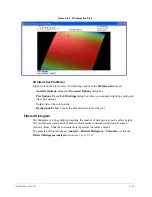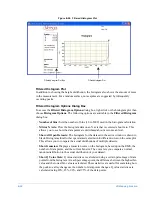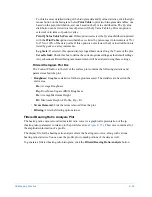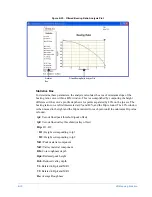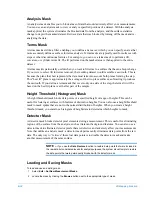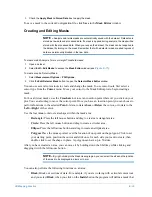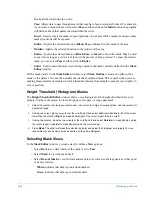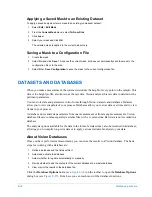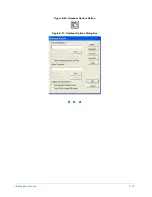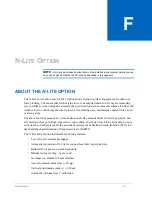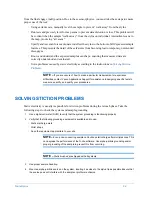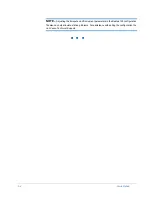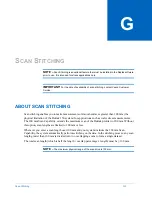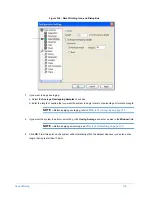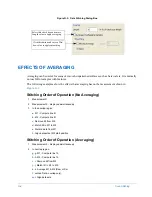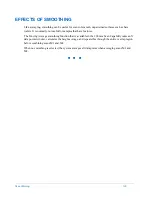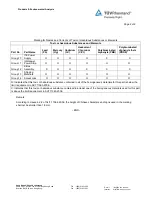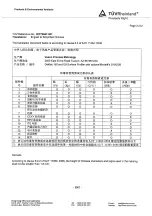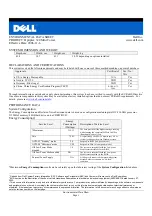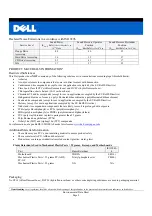
N-Lite Option
F-3
from the final engage (null) position. Due to these sensor physics, you must take these steps to ensure
proper use of the tool:
•
Using extreme care, manually level the sample to prevent “walk away” from the stylus.
•
Run tests and precisely level for map scans to prevent data distortion or loss. This problem will
be evident when the sample “walks away” from the stylus on individual, intermittent scans in
the map, producing “air scans.”
•
Specify and test scan forces adequate to deflect the stylus to the bottom of all depressed sample
features. This prevents the detail of these features from becoming lost in temporary, unintended
disengages.
•
Know and understand the expected sample/scan shape, ensuring that measured data are
correctly understood and evaluated.
•
Solve problems caused by static electricity according to the instructions in
.
NOTE –
If you are unsure of how to make a particular measurement or experience
difficulties, contact Veeco Applications Support for assistance in designing specific tests to
measure, quantify, and qualify your procedures.
SOLVING STICTION PROBLEMS
Static electricity is usually responsible for stiction problems during the retouch phase. Take the
following steps to check the system and sample grounding.
1
Use a digital volt meter (DVM) to verify that the system grounding is functioning properly.
2
Verify that the following grounding equipment is available and in use:
•
Static discharge mats
•
Wrist straps
•
Any other equipment appropriate to your site
NOTE –
Even a non-conducting sample can build up static charge after multiple scans. This
can degrade the performance of the
N
-Lite software. Use alpha-particle grounding and/or
proper grounding of the sample to prevent this from occurring.
NOTE –
Static brushes are shipped with all systems.
3
Use proper sample handling.
4
Mount an alpha-particle source on the system, locating it as close to the stylus tip as possible Ensure that
the source does not interfere with the sample or profiler mechanics. .
Summary of Contents for Dektak 150
Page 1: ......
Page 7: ......
Page 17: ......
Page 81: ......
Page 105: ......
Page 149: ......
Page 191: ......
Page 251: ......
Page 257: ...A 6 Facilities Specifications Figure A 6 Dektak 150 without Enclosure Side View ...
Page 258: ...Facilities Specifications A 7 Figure A 7 Dektak 150 Dimensions without Enclosure Top View ...
Page 259: ...A 8 Facilities Specifications Figure A 8 Dektak 150 without Enclosure Center of Mass ...
Page 273: ......
Page 283: ......
Page 321: ......
Page 331: ......
Page 333: ......
Page 336: ......
Page 337: ......
Page 349: ......

